
City Offices Closed on April 18 for Good Friday
City offices will be closed Friday, April 18, in observance of Good Friday. Residential solid waste and brush/bulky collections will run as normal.
Once the water from your sink drains, you may never consider those ounces of H20 again, but for those working in the Water Services Department at the City of Bryan, this is where their consideration begins. While not as well understood as other departments, sewer maintenance and wastewater treatment directly affect each resident. This week, April 17 – 23, 2022, is Wastewater Worker Appreciation Week, and we would like to take a moment to highlight the 73 hardworking individuals who keep our city’s wastewater systems running.
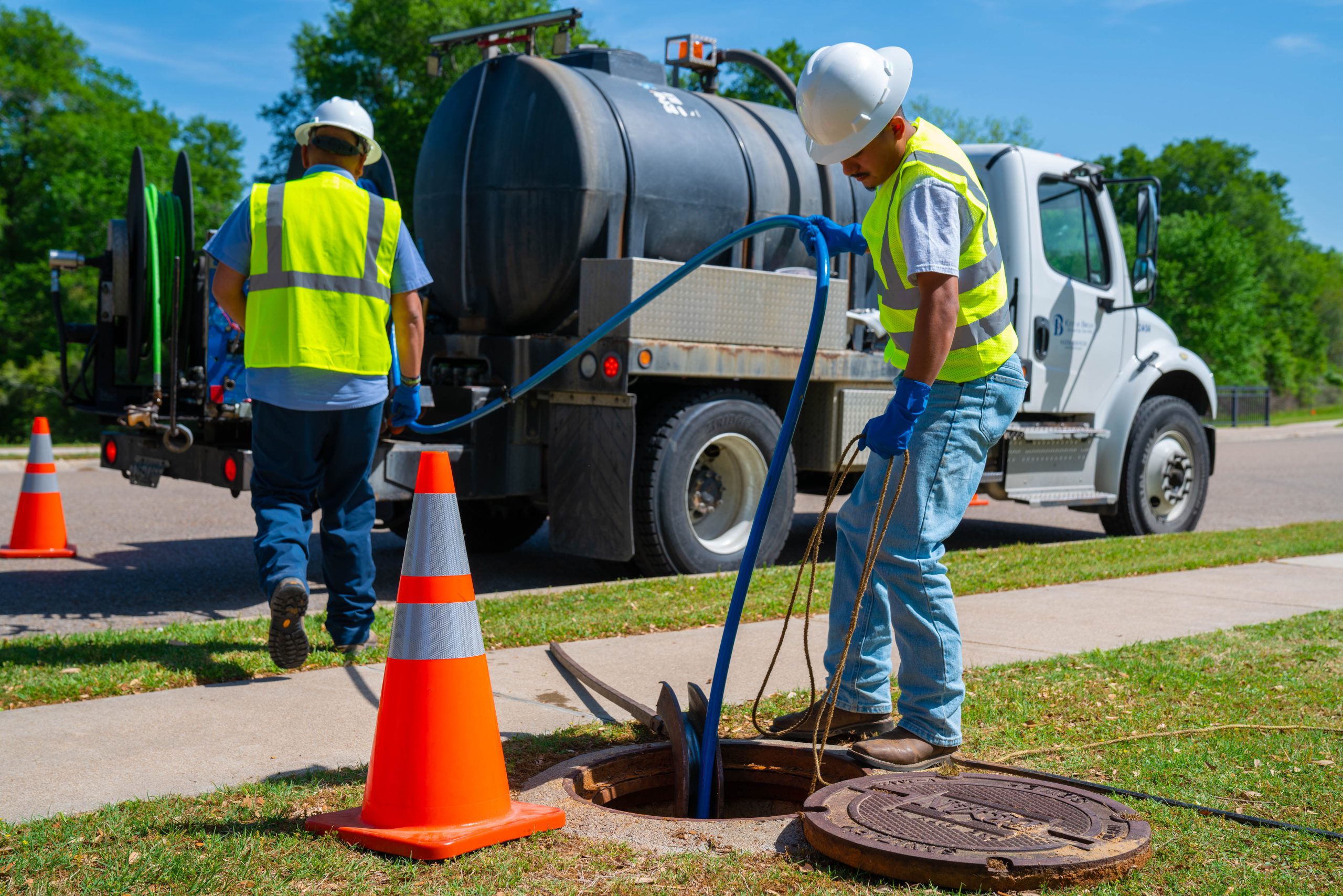
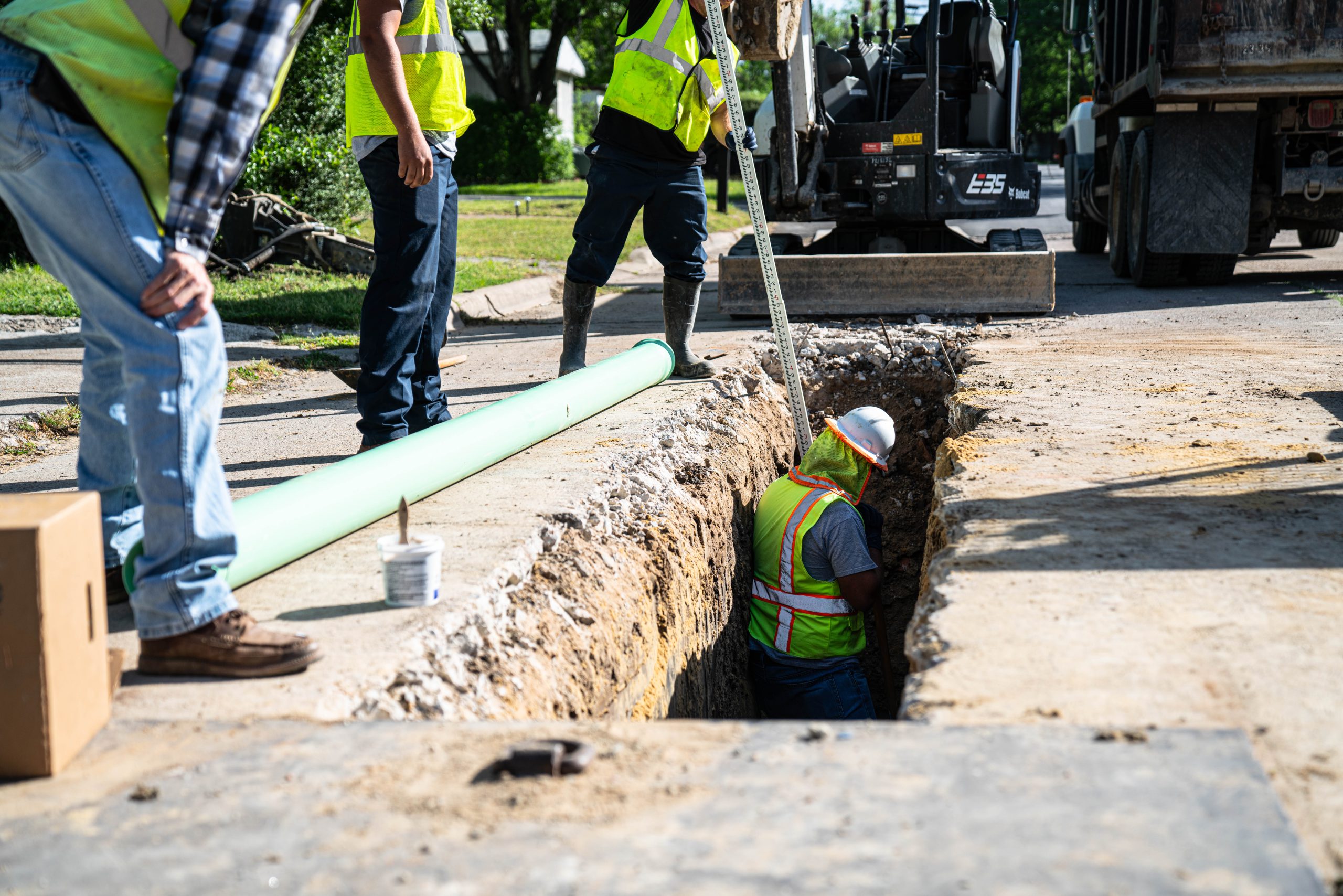
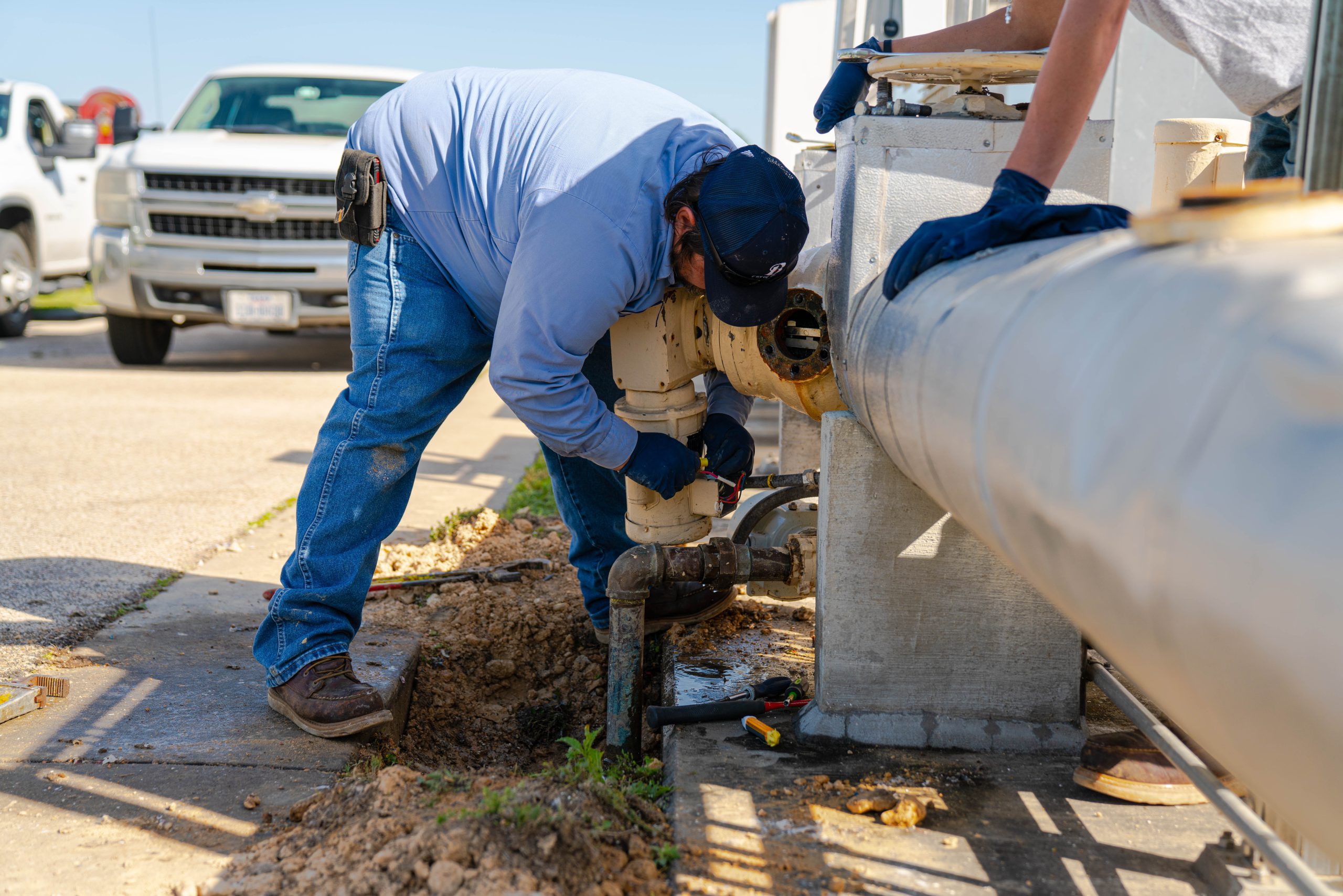
Scattered throughout Bryan lies a labyrinth of pipes installed to provide your wastewater a place to go. Each time you drain a sink or flush a toilet, the water uses gravity to travel through the sewer system to one of three treatment plants based on your service area. When problems arise, workers from the vacuum trucks and maintenance crews come in. These are the people who repair or replace old or broken pipes, clear and clean blocked pipes, and repair leaks and do other general maintenance.
Once at a treatment facility, such as the Thompson’s Creek Wastewater Treatment Plant, the water goes through multiple stages of treatment. As water arrives at the treatment plant, workers send it through a screen to remove large objects such as rags, sticks, or trash.
From here, the water goes on to the secondary treatment, which removes about 95% of the organic matter from the wastewater. This process begins with water flowing into an aeration basin where induced air keeps the microorganisms and food source in contact. Water from the aeration basin is sent to a clarifier to “polish” the water.
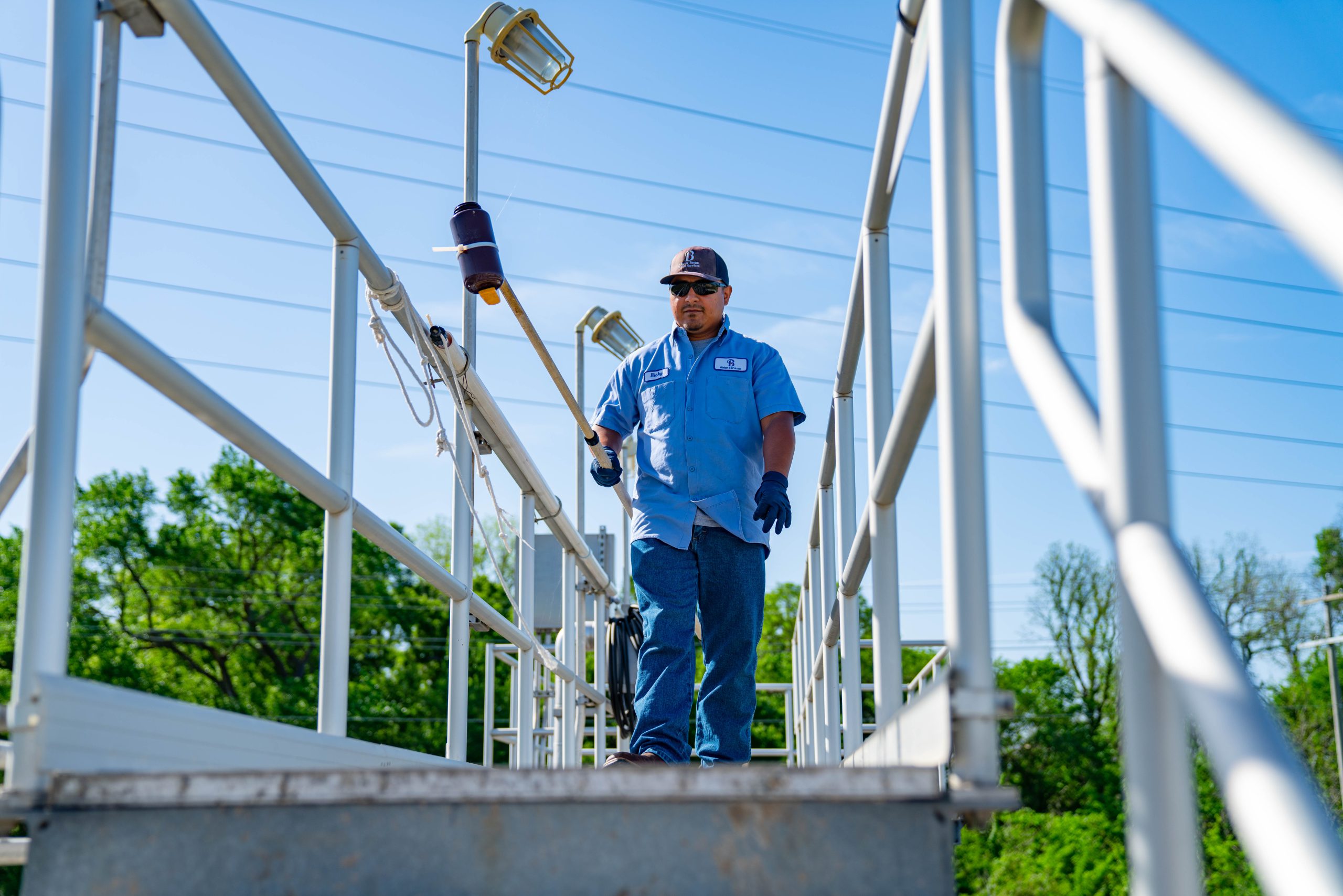
Solids are removed from the water through a settling process. The settled sludge is removed by submerged pumps that sends it to the sludge dewatering process. At each stage, workers test and monitor the water to insure it is properly treated and recycled.
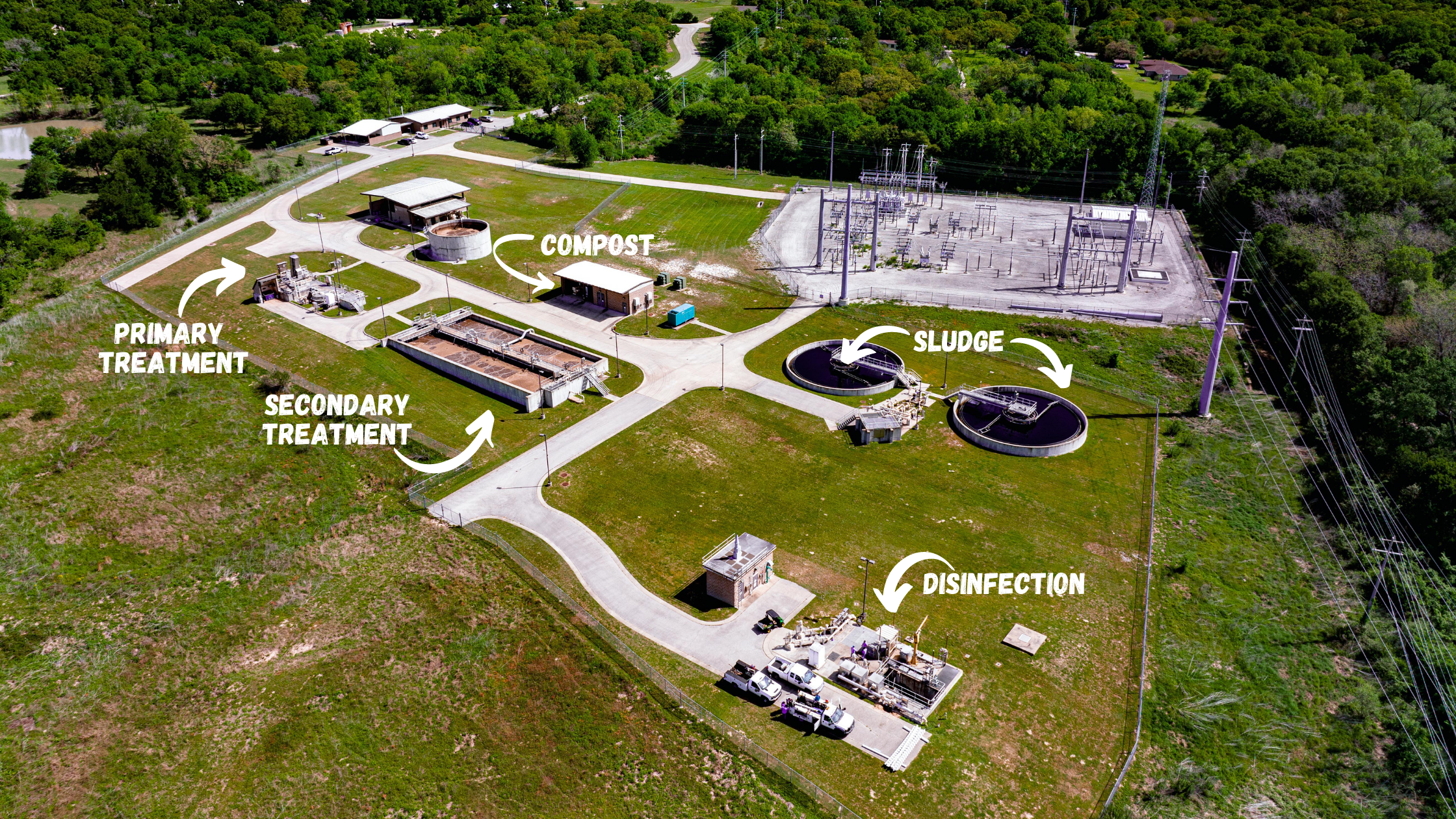
Finally, the water undergoes a final treatment of disinfection. UV (ultraviolet) light is used to kill any remaining pathogenic bacteria and to reduce odor. The clean, safe and treated water is then discharged. Fun fact: The quality of the water released from the treatment plants is actually cleaner than the existing water in the area creeks.
Sludge and scum removed during the treatment process is further reduced through the process of digestion. Mimicking the stomach’s digestion process, naturally occurring microorganisms work to break down sludge and scum into biosolids. Excess water is removed from the biosolids, or treated sludge, by a belt press or gravity filter and are eventually sent to the Brazos Valley Solid Waste Management Compost Facility to produce high quality compost.
The Environmental Services Wastewater Laboratory performs analysis required by the Environmental Protection Agency (EPA) and Texas Commission on Environmental Quality (TCEQ) for each of Bryan’s three wastewater treatment plants. The lab is located at the City of Bryan’s Thompsons Creek Wastewater Treatment Plant and operates seven days a week.
The data generated from the lab analysis is used to determine:
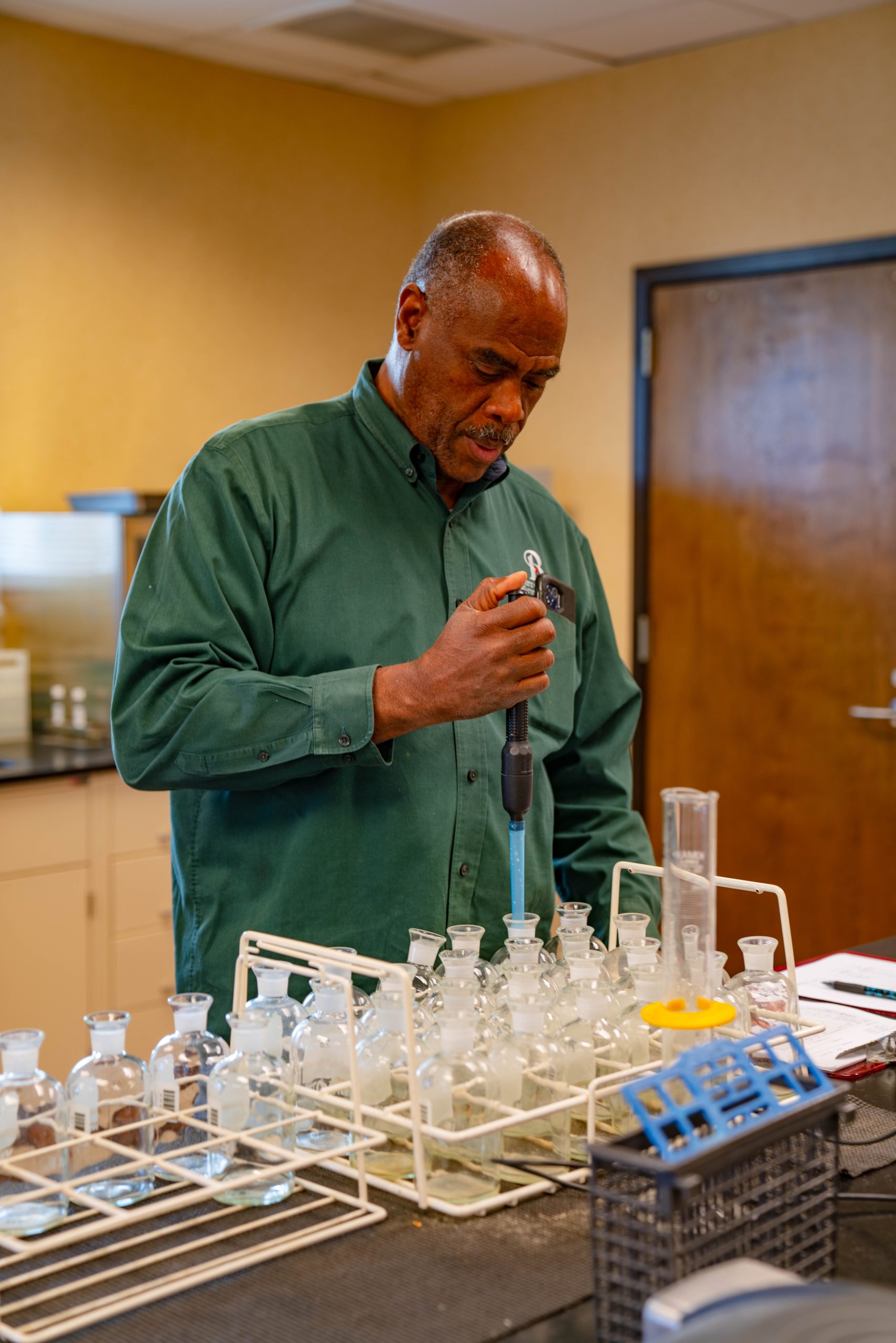
Though they often work behind the scenes, the efforts of our wastewater professionals are essential to keeping our community and environment clean. Bryan is a healthier and happier community because of their hard work, knowledge and expertise.
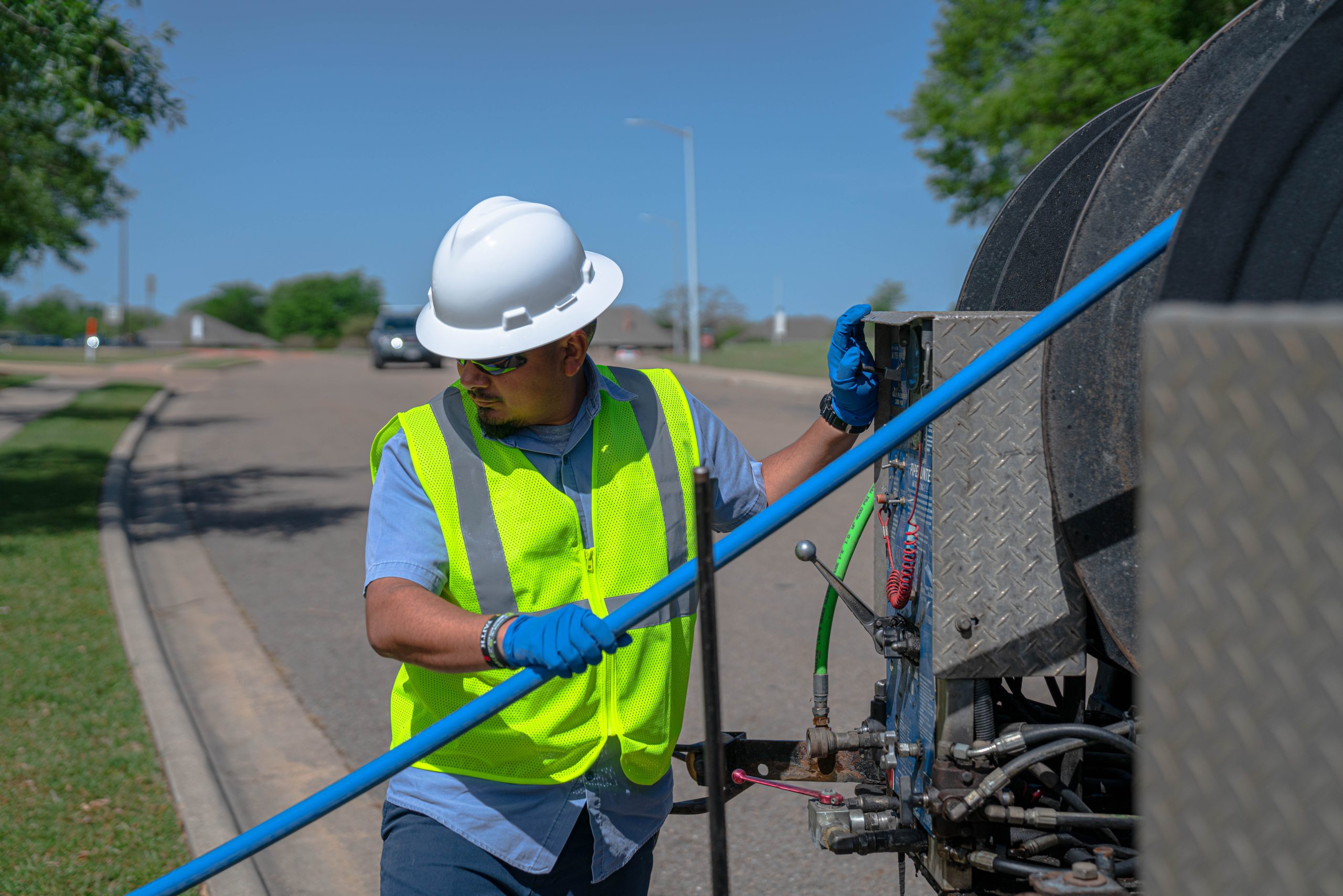
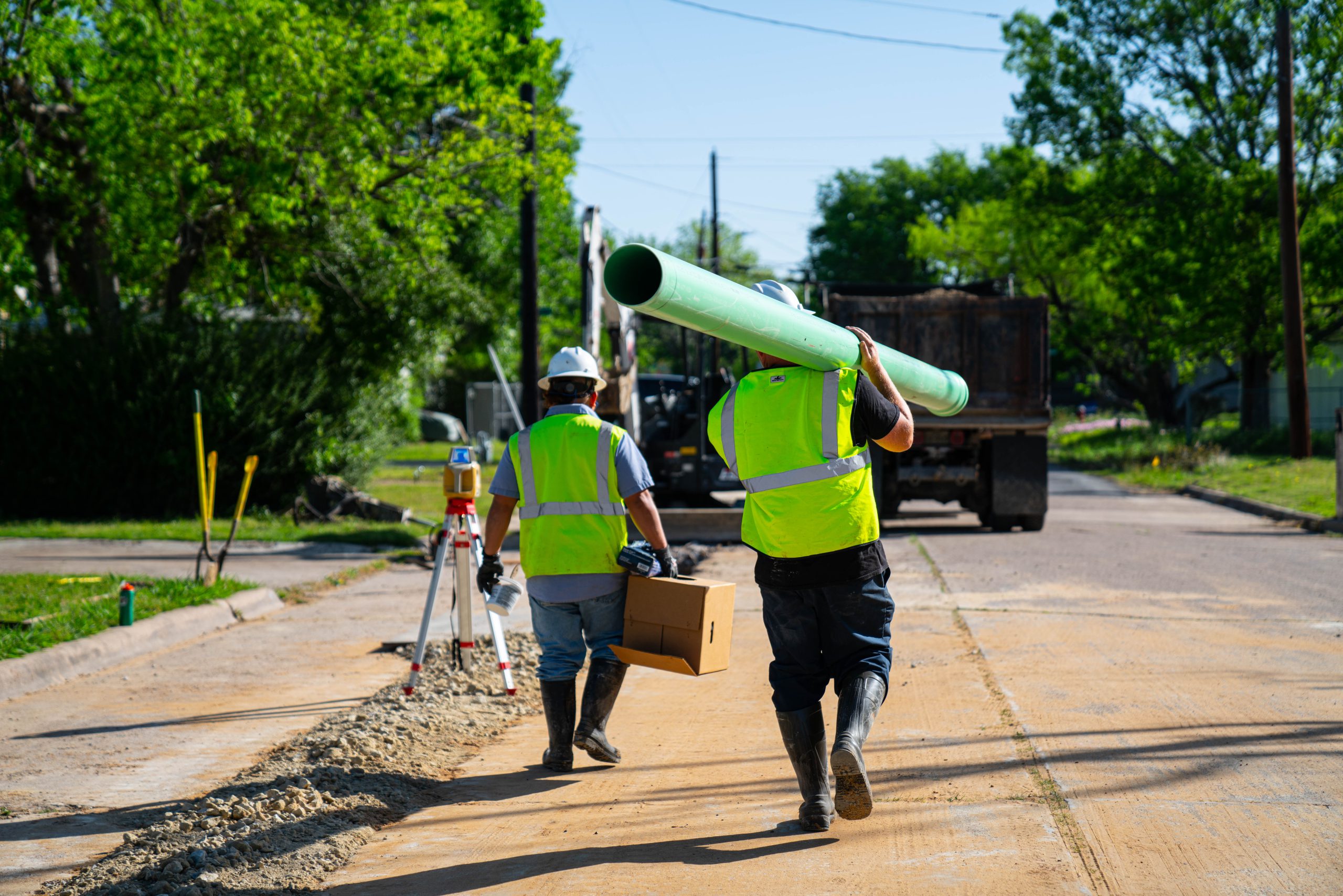
What you can do
There are several easy steps that you can do to promote a healthy sewer system, including but not limited to:
- Throw your table scraps into the garbage, instead of down a garbage disposal.
- Use paper towels to wipe dishes, pots and pans before washing.
- Avoid the use of garbage disposals.
- Freeze used cooking oils in a spill-proof container and place into your trash cart on your scheduled collection day.
- Recycle used cooking oils at the Bryan “Do-It-Yourself” Used Oil Recycling Center: 1111 Waco St., Monday – Saturday, 8 a.m. – 5 p.m.
By working together to “Prevent the Clog,” the City of Bryan, its residents and businesses will benefit from:
- Reduced plumbing costs associated with clogs and stoppages in sewer lines.
- Reduction of unsightly sanitary sewer overflows attributed to fats, oils, and grease.
- Lower sewer rates by prolonging the life of the sanitary sewer by minimizing the need for pipe replacement and repair.